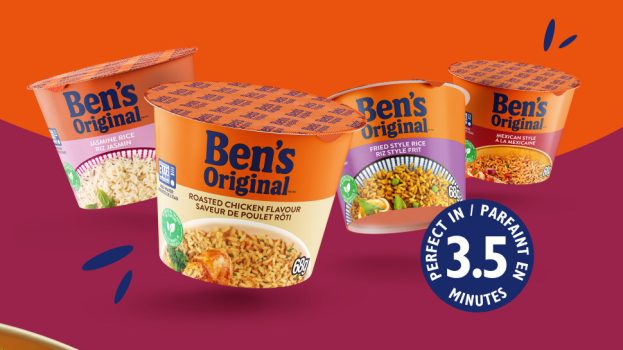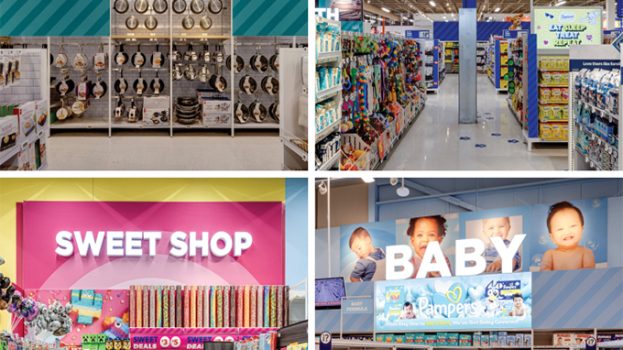Today’s marketplace has become more complex and confusing. The average supermarket now carries more than 45,000 products, more than a triple-digit increase since 1980. A record breaking number of new products are also regularly hitting the shelves, adding to the confusion and complexity facing both consumers and marketers.
As the abundance of choice overwhelms, the ability to rely on quick visual reference points that provide a beacon becomes more critical. In his book Blink, Malcolm Gladwell identifies that humans have survived as a species for such a long time because of our quick decision making instinct. He notes that “thin-slicing” is the ability of our subconscious to make decisions based on patterns such as graphics, unique colors and shapes, even if we only have a very limited amount of information. The fact that fewer than 35% of consumers come to a supermarket with a shopping list reinforces the reliance on packaging visual cues to make buying decision.
Colour sets the mood for the brand. Brighter colours tend to appeal to younger consumers or value shoppers while richer, deeper colours are strongly associated with premium brands. Bright colours can signify new products, while colour uniformity is strongly associated with familial lines.
Colour is visual shorthand, and can create strong shelf visibility, attract attention and effectively connect with consumers on both the functional and emotional level.
It is important to note that 40% of all communication that consumers absorb is visually oriented, and of this, 80% is colour and shape. A well-produced image helps differentiate products within a complex and highly fragmented category. For example, for VH Asian Sauces, the consistent use of yellow in its logo and cap is supported by strong photography to differentiate the various offerings.
Colour also plays an important role in communicating change or news within a category such as cosmetics. Work we have done across a wide range of categories supports the principle that brighter colours tend to provide greater visibility at shelf level while allowing brands to communicate that something new is being offered. These findings are supported by a recent Hotspex study, conducted for a package design magazine, which clearly identified that the new packages featuring a dominate colour did a better job attracting consumer attention within a crowded shelf.
The challenge for brands remains the ability to use colour as a vehicle to differentiate given varieties within an expansive portfolio. With an aging population and the fact that consumers have trouble discerning different shades of a given hue, brands wishing to leverage these colour cues as lines extend are being severely challenged.
No matter how colour is being leveraged as part of packaging, its role in helping consumers shop the category has significantly increased due to the size of today’s categories and stores and the need for customers to simplify the complexity of choice.
Jean-Pierre Lacroix is the president of Shikatani Lacroix Brandesign
























